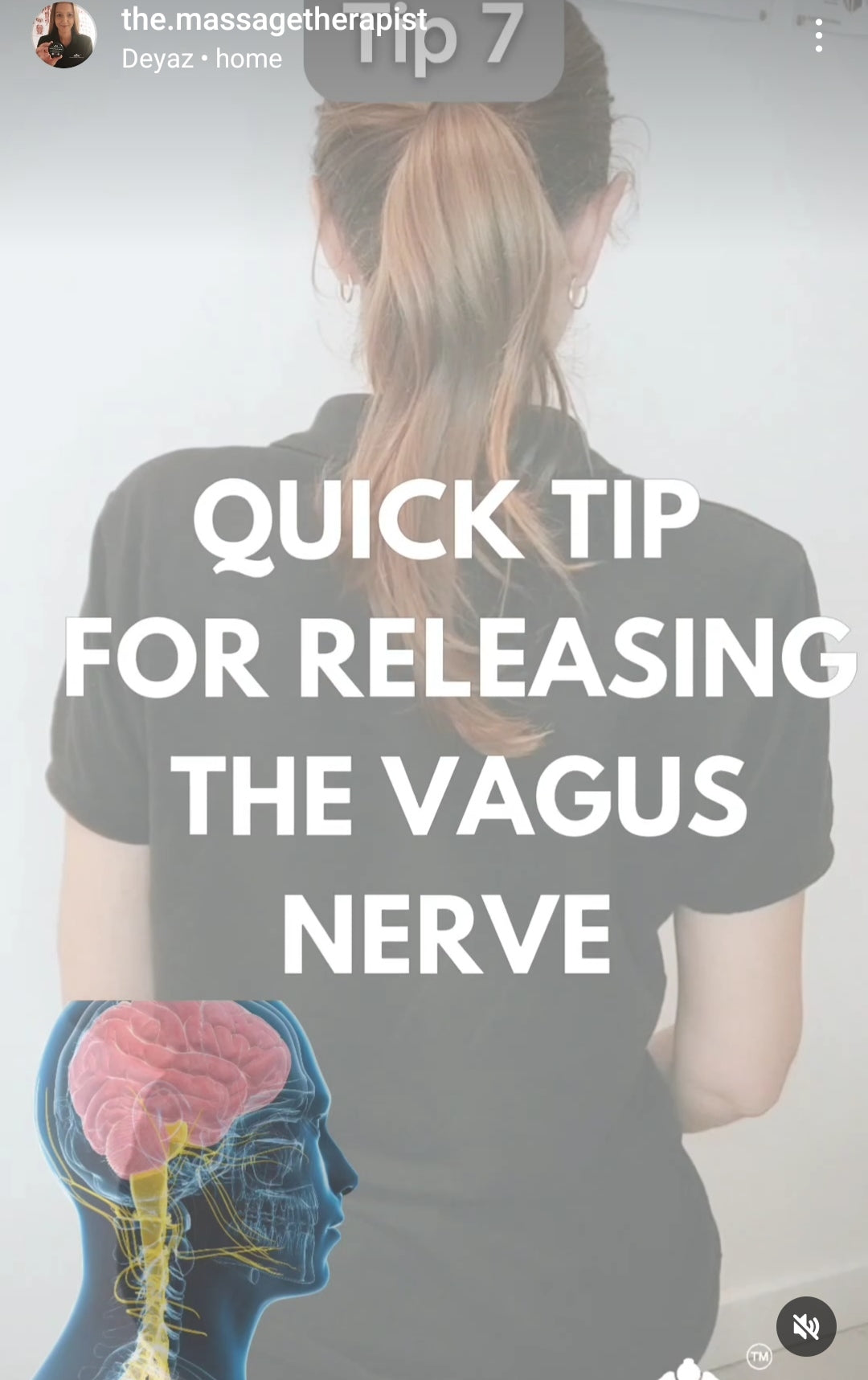The vagus nerve, also known as the "wandering nerve," is a vital component of the autonomic nervous system. It originates in the brainstem and extends down through the neck, chest, and abdomen, influencing various bodily functions. From regulating heart rate and digestion to managing stress responses and mood, the vagus nerve plays a crucial role in maintaining overall health and wellbeing.
Unveiling Vagus Nerve Dysfunction
While the vagus nerve is typically a well-oiled machine, various factors can disrupt its function, leading to dysfunction and a range of symptoms and issues. Chronic stress, poor dietary habits, and sedentary lifestyles are common culprits that can compromise vagus nerve health. Additionally, underlying medical conditions such as diabetes, autoimmune disorders, and gastrointestinal issues may contribute to vagus nerve dysfunction.
Recognising Symptoms
Identifying signs of vagus nerve dysfunction is crucial for prompt intervention and management. Symptoms may manifest differently for each individual but commonly include digestive issues like bloating, constipation, or gastroparesis (delayed stomach emptying). Heart palpitations, dizziness, fainting, anxiety, and depression are also prevalent indicators of vagus nerve dysfunction. Moreover, chronic inflammation, characterised by persistent pain and fatigue, can be linked to vagus nerve irregularities.
Understanding the Connection Between Massage Therapy and Vagus Nerve Health
Massage therapy offers a holistic approach to addressing vagus nerve dysfunction and alleviating associated symptoms. By applying gentle pressure to specific areas of the body, massage stimulates the vagus nerve, triggering the body's relaxation response and promoting a sense of calm. Moreover, massage helps improve blood flow, reduce inflammation, and enhance overall nervous system function.
The Healing Power of Self-Massage
Incorporating self-massage into your daily routine can complement professional massage therapy and promote ongoing vagus nerve stimulation. Begin by focusing on areas rich in vagus nerve innervation, such as the neck, throat, and chest. Use gentle circular motions or light pressure to massage these regions, paying close attention to any areas of tension or discomfort.
Step-by-Step Self-Massage Routine for Vagus Nerve Stimulation
1. Start by sitting or lying in a comfortable position and taking a few deep breaths to relax.
2. Place your fingertips on either side of your neck, just below the jawline.
3. Gently massage the sides of your neck in circular motions, moving from the base of the skull down to the collarbones.
4. Next, move your fingertips to the area just above your collarbones and massage in a downward motion towards the chest.
5. Finally, place your hands over your heart and take a few moments to connect with your breath, focusing on feelings of calm and relaxation.
Integrating Massage into Your Wellness Routine
Incorporating regular massage sessions, whether from a professional therapist or through self-massage techniques, can significantly benefit vagus nerve health and overall wellbeing. Consider scheduling regular massage appointments, practicing self-massage at home, or exploring other relaxation techniques such as meditation and deep breathing exercises.
Nurturing Vagus Nerve Health Through Massage
As we continue to explore the intricate connection between the vagus nerve and massage therapy, it becomes clear that nurturing vagus nerve health is essential for maintaining overall wellness. By incorporating massage into our daily lives and prioritising self-care, we can support optimal vagus nerve function, reduce symptoms of dysfunction, and cultivate a greater sense of balance and vitality.
Follow us on Instagram for more about the amazing benefits of massage and self-massage routines to help ease your daily life.
Experience the magic of massage with
The-Massage-Therapist.

